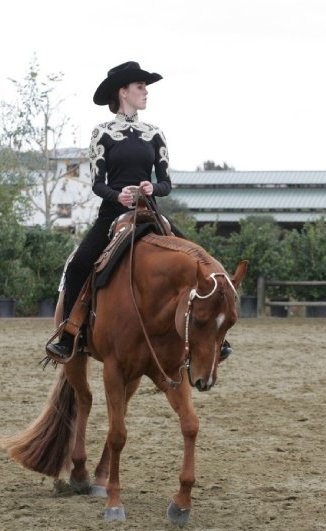Sunday, February 16, 2014
Thursday, June 2, 2011
Ask your horse training questions here
I have been professionally training horses for pleasure and show for over 20 years. I would like to use this platform as a way to help people gain a better relationship with their horse and to answer questions regarding your horse or horsemanship.
Wednesday, June 1, 2011
Subscribe to:
Posts (Atom)




